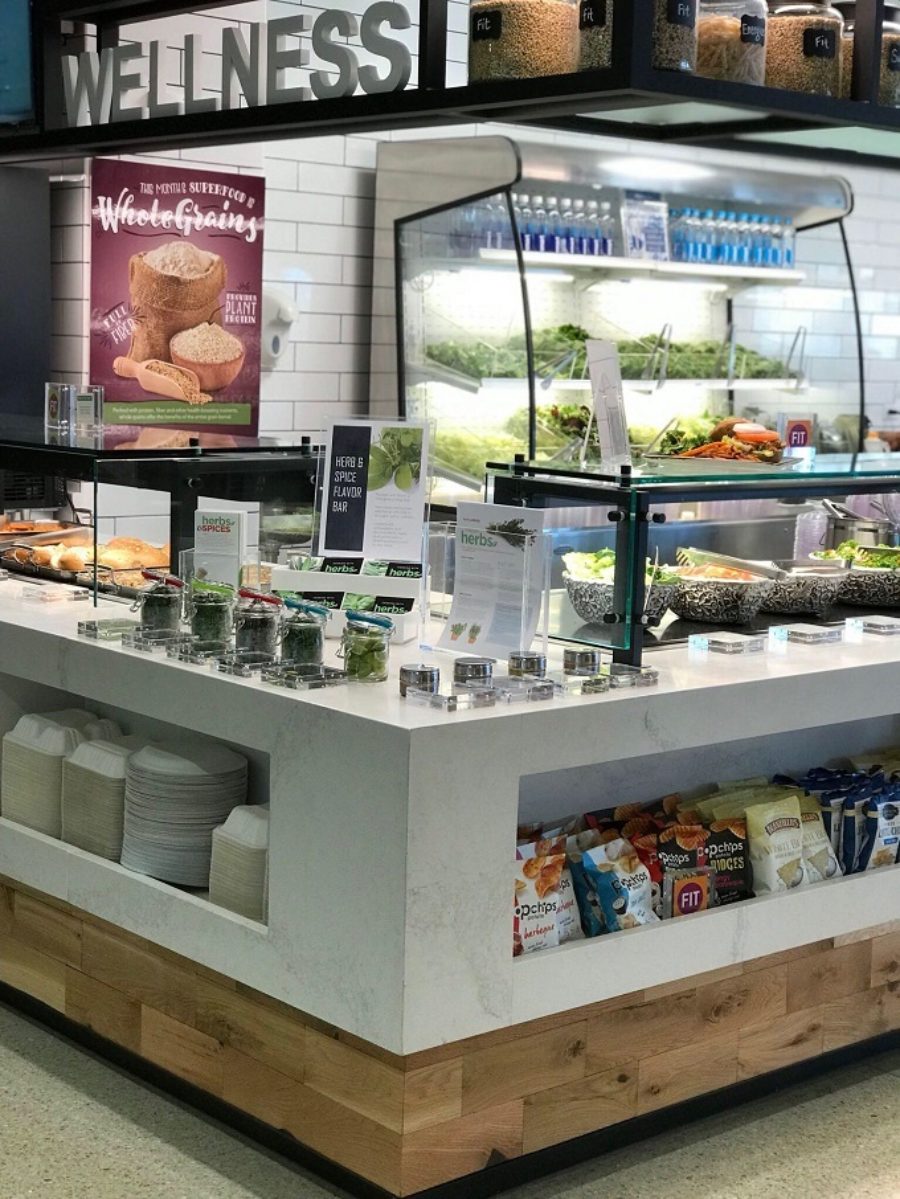
Know Your Type
The list of "types" are endless, but figuring out whether or not you "have a type" is another story. But we’re not talking about dating, we’re talking about Diabetes. According to the U.S. Centers for Disease Control and Prevention, 14 percent of U.S adults have diabetes, and more than 4 percent don’t even know they’re at risk.
According to the U.S. Centers for Disease Control and Prevention, there are over 30 million Americans living with diabetes throughout the country. And of those 30 million people, 90-95% of those have a form of the disease that is influenced by modifiable risk factors known as Type 2 Diabetes.
This Diabetes Awareness Month (November) we’re here to break down all the risks associated with diabetes and the lifestyle factors that influence the development of this preventable disease.
Know Your Type: The Difference between Type 1 and Type 2 Diabetes
Type 1 Diabetes is an autoimmune disease in which the immune system mistakenly attacks parts of the body responsible for regulating blood sugar.
More specifically, beta cells in the pancreas are responsible for producing insulin and insulin helps to regulate blood sugar. When the immune system attacks and destroys the beta cells, insulin is no longer produced, resulting in Type 1 Diabetes. No one knows why this occurs or how to stop it. However, it is managed with insulin injections.
Type 2 Diabetes, on the other hand, is caused when the body loses its ability to respond to insulin. In other words, insulin is still produced, but the cells no longer respond effectively, which results in high blood glucose. This process is also known as insulin resistance. Some risk factors for insulin resistance include excess body weight, high blood pressure and high cholesterol levels. Type 2 Diabetes is often treated with medications in addition to lifestyle modifications.

Know You’re Risk: Limiting Your Risk of Type 2 Diabetes
It is believed that genetics and environmental factors play a role in the development of Type 2 Diabetes too.
Other risk factors include low physical activity, family history, race, age and fat distribution (more fat stored in the abdomen the higher the risk). While controlled risk factors, such as being overweight, are strongly linked to developing Type 2 Diabetes, it is important to remember that not everyone with Type 2 Diabetes is overweight.
The good news? You have the power to lower your risk for developing Type 2 Diabetes by simply implementing healthy lifestyle tips into your daily routine.
- Eat more plants. A diet rich in fruits, vegetables, whole grains and legumes has been shown to be protective against the development of Type 2 Diabetes. These foods are rich in fiber, vitamins, minerals and phytochemicals which promote a healthier body weight.
- Stay active. The American Diabetes Association currently recommends 30 minutes of moderate to vigorous intensity aerobic exercise at least 5 days a week or a total of 150 minutes per week. Examples of aerobic exercise include brisk walking, bicycling, dancing, swimming, etc.
- Manage your weight. Losing excess weight will lower your risk of developing Type 2 Diabetes. Aim to keep your weight at a healthy range by permanent changes to eating and exercise habits. Following strict boring diets will cause relapse while following a healthy lifestyle with moderation is key of a successful weight loss plan.

Know Your Triggers: Putting a Wellness Plan in Action
As the holiday season approaches, it can be challenging to resist all delicious temptations and treats surrounding you. Tis the season for cake, right? Here are a few tips to keep in mind throughout the holiday season:
- When at a sit-down holiday dinner: Create a balanced plate of your favorite foods such as healthy proteins (skinless turkey, chicken, or lean beef), carbohydrates (baked potatoes, pasta, and rice) and focus on vegetables (green beans, salad, and asparagus).
- When at a cocktail party with passed bites: Eating in moderation is key. Save on heavy carbohydrates and opt for a veggie forward snack. If you want dessert, treat yourself to something bite-sized or share dessert with a friend.
- Keep moving forward: Don’t forget to keep up with your exercise. Plan a physical activity for everyone to enjoy such as going for a walk after dinner. If you live in a metropolitan area, walk to and from your events instead of taking a cab.
Living with diabetes can be challenging and many do not see life beyond the disease. It is important to remember that you can achieve a healthier life by changing your lifestyle choices. Visit Diabetes.org for more information, great recipe ideas, nutrition and exercise tips and much more.
+++
For more information about FLIK Hospitality Group and the FLIK Blog, please reach us at flikblog@compass-usa.com.